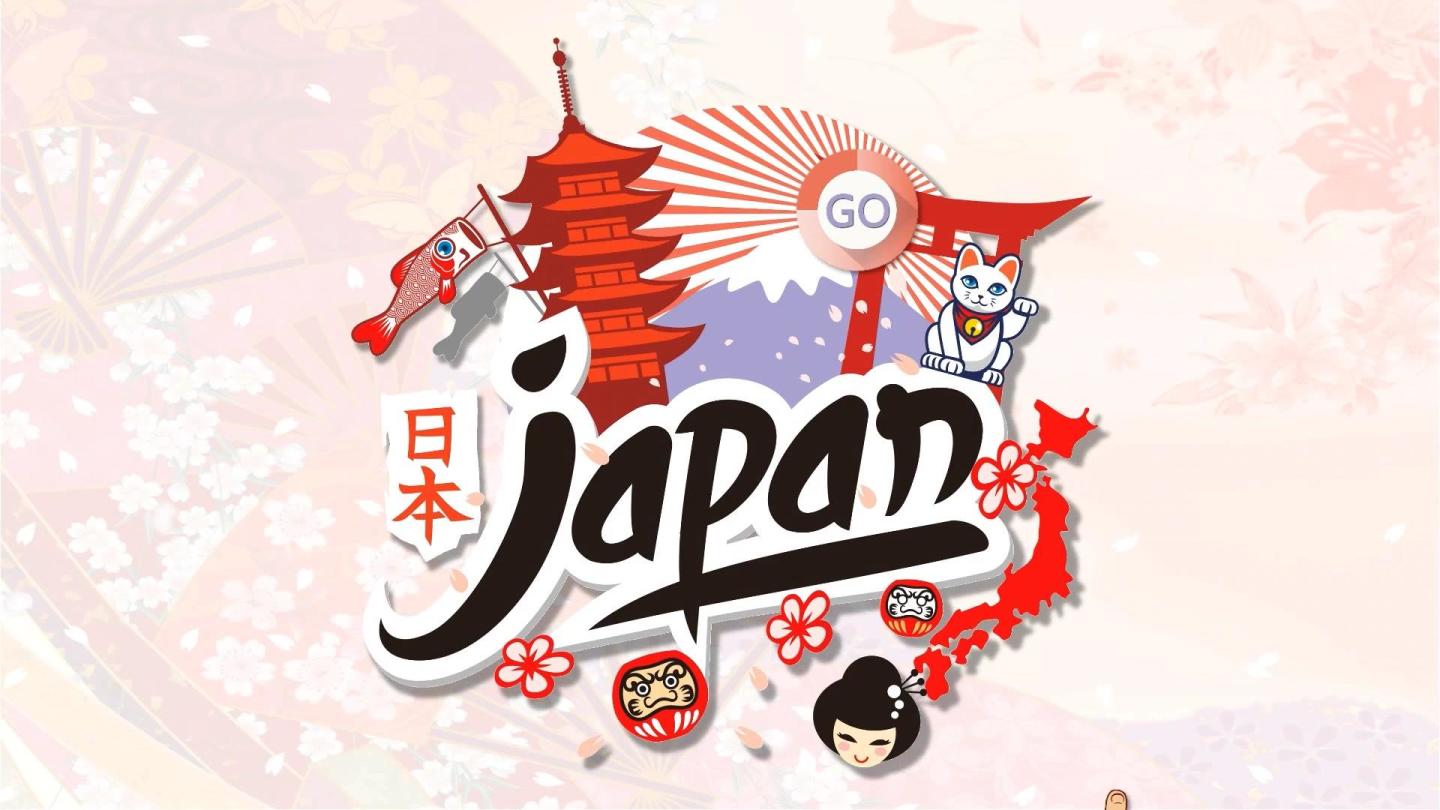The language order of Japanese and Chinese is different. We often encounter notional words and function words. What are the precautions for Japanese translation?

1、 To master the use of Japanese auxiliary words
Because Japanese is an adhesive language, which is different from Chinese independent language, words need to be connected through auxiliary words. At this time, we will use auxiliary words or auxiliary verbs to connect, so we must not be careless when listening. Therefore, it is necessary to master auxiliary words in translation.
2、 Grammatical differences
There are some differences between the language structure of Japanese and that of Chinese. In Chinese, most of them are the structure of "subject + predicate + object". Then add modifiers and complements on this basis to enrich the sentence; But in Japanese, the subject comes first, the predicate is at the end of the sentence, and the modifier and complement are between the subject and predicate. Therefore, if we don't hear the end of the sentence, it's difficult for us to know what the sentence describes.
3、 Use of Jane Jingti
As we all know, Japanese can be divided into simplified and respectful. There will be differences in the process of using it according to the age and status. For example, if the older one is younger, the higher the status is, the lower the status is, the simplified will be used directly. This can also shorten the emotional distance between the two and make the communication more gentle.
4、 Intonation control
The tone of Japanese is only high and low beat, and the tone is only changed between kana and kana. Each kana represents a beat, because the position of stress is different, and the meaning of our words is also different.
